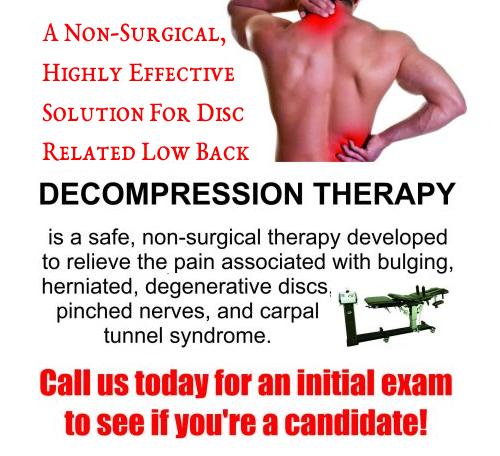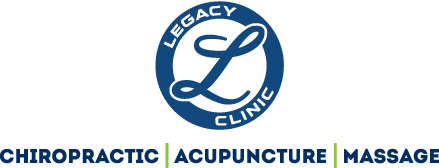
Non-Surgical Spinal Decompression

Excruciating low back pain can hinder motion and leave you tied to the bed. Disruptions in the spine lead to sharp, radiating nerve pains that do not respond to most the over-the-counter painkillers.
Thus, the only way to treat low back pain arising from compression of spinal nerves is to set the spine back to its original position. This resetting can be achieved either surgically or via non-surgical spinal decompression also known as traction therapy.
Who Needs Non-Surgical Spinal Decompression?
There are different conditions for which your doctor might recommend a manual traction therapy, some of which are discussed below:
Sciatica Or Low Back Pain

As per the WHO, the lifetime prevalence of low back pain is estimated to be as high as 70% (average is 60-70%) in industrialized countries. Therefore, it is important to treat low back pain/sciatica with minimal invasion.
The sciatic nerve is a major nerve that innervates the back and the legs. Inflammation of this nerve (due to compression or other causes) leads to a painful condition called sciatica.
As per a retrospective cohort study, non-surgical spinal disc compression effectively reduces discogenic low back pain and also improves disc height.
Another study found this procedure to be a less-expensive treatment for low back pain/sciatica.
Neck Pain
Cervical and neck pain due to nerve compression are common complaints that are managed well by physiotherapy/chiropractic treatment. According to a study published in the Journal of Novel Physiotherapy and Physical Rehabilitation non-surgical spinal decompression is an effective treatment modality for neck and back pain.
Disc Herniation
Lumbar disc herniation (LDH) is a condition that can lead to nerve symptoms such as radiating pain, burning, tingling, or numbness. Traction therapy can also be performed using decompression devices. It effectively alleviates symptoms of disc herniation, a study suggests.
Other conditions for which the non-interventional procedure can be employed include posterior facet syndrome and worn-out spinal joints.
How Is It Done?
A manual traction procedure usually lasts for 30 to 45 minutes. The patient’s spine is protected by fitting a harness around the trunk and pelvis region.
The patient is then made to lie face down and the doctor uses a computerized device for traction (tailored to the specific needs of the patient).
Non Surgical spinal decompression is available at Legacy Clinic of Chiropractic in The Villages, FL.
References
- Apfel, Christian C., et al. “Restoration of disk height through non-surgical spinal decompression is associated with decreased discogenic low back pain: a retrospective cohort study.” BMC musculoskeletal disorders 11.1 (2010): 1-6.
- Daniel, Dwain M. “Non-surgical spinal decompression therapy: does the scientific literature support efficacy claims made in the advertising media?.” Chiropractic & Osteopathy 15.1 (2007): 1-5.
- Henry, Lucian. “Non-surgical Spinal Decompression an Effective Physiotherapy Modality for Neck and Back Pain.” Journal of Novel Physiotherapy and Physical Rehabilitation 4.3 (2017): 062-065.
- Koçak, Fatmanur Aybala, et al. “Comparison of the short-term effects of the conventional motorized traction with non-surgical spinal decompression performed with a DRX9000 device on pain, functionality, depression, and quality of life in patients with low back pain associated with lumbar disc herniation: A single-blind randomized controlled trial.” Turkish Journal of physical medicine and rehabilitation 64.1 (2018): 17.
